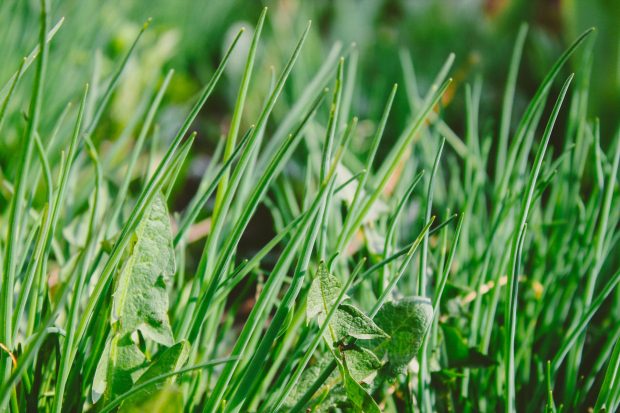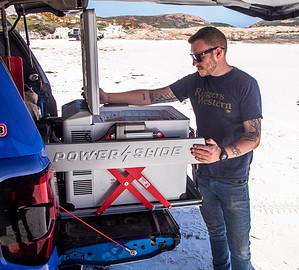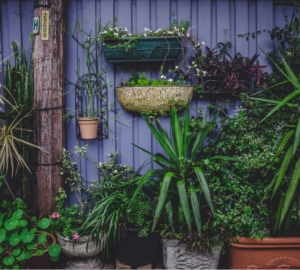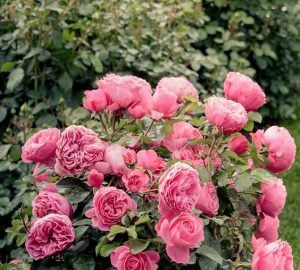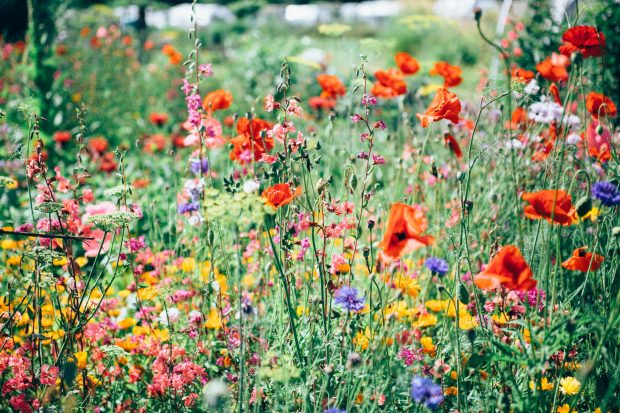
Growing plants and flowers in your garden is a rewarding and enjoyable experience. With a little planning and the right tools and equipment, you can create a beautiful outdoor space that everyone will love. In this article, we’ll provide some helpful tips on how to set up your garden and get started with growing plants and flowers.
Do Your Research First
There’s a vast amount of information available online – thanks to blogs, specialist articles, online tutorials, and Youtube videos. A lot of this content is free and kindly provided by experts. Visitors to the Harper’s Nurseries website confirm people’s desire to find the best urban gardening gear and the latest buying guides. Folks want to read garden tower reviews and learn about the best winter crops and mini greenhouse kits.
It’s important to consider the climate you live in when searching online for plants. Also, looking into companion planting will help create a balanced ecosystem in your garden so that everything thrives. Finally, take some time to figure out what kind of tools you need for gardening maintenance. Researching upfront can help you be prepared in advance and not waste money buying unnecessary items.
Prepare the Soil
To begin with, investigate what type of soil your garden contains (sandy and clay soils have different needs when it comes to fertility and moisture levels). Once this has been established, use compost or manure-based fertilizers to improve the nutrient content – and make sure the soil’s well drained.
Additionally, consider adding organic matter such as grass clippings or leaves. This helps create air pockets in compacted soils, allowing better drainage and root growth.
Choose Your Plants and Flowers
When selecting these for your garden, consider factors such as climate, size, soil type, and the amount of sun or shade exposure. Think about the availability of resources such as water and fertilizer, and any pests that may be present in your area.
Additionally, consider the flowering season duration and the maintenance requirements. Finally, think about what kind of aesthetic appeal you desire from the blooms or foliage that you choose.
Provide Food And Water
When planting, choose an area that gets plenty of sun, as most plants will require at least six hours of direct sunlight each day. As we said earlier, some plants will prefer sandy soil while others will prefer clay (or loamy) soils. Prepare the beds properly with compost before planting to provide much-needed nutrition for healthy growth.
In most cases, you’ll want to plant your seeds in the early spring. The ground should be moist but not waterlogged. Water the soil thoroughly before planting so that it becomes moist. As the seedlings grow provide regular water, whether you use a watering can or sprinkler system.
Provide Protection From Pests and Weeds
Start by inspecting the soil for any weeds or pest infestations before you start planting. If there are already weeds in the soil, use an organic herbicide to get rid of them completely. You may also want to consider adding mulch or compost as an extra layer of protection against new weeds and pests.
When watering your plants, make sure that you don’t overwater as this can attract aphids and other insects into the garden. If you have a problem with aphids, use a spray bottle filled with water and diluted soap to get rid of them. The soap will cause the aphids to drown. If you’re having trouble with slugs or snails, try using beer traps as they can’t resist the smell.
Maximize The Space Available
Whether you have a small or large outdoor space, there are plenty of ways to make the most of what you have. The first step is to plan out where each type of plant will go, taking into consideration sunlight levels and soil composition. Once your plan is ready, you may need to build raised beds or planters if there isn’t enough ground space for them. This will allow more room for different types of plants as well as provide some additional drainage support for those sensitive varieties.
If space is limited, you may need to make use of vertical growing methods to let plants grow up rather than out. This can be done by planting climbers along a fence or trellis.
As you can see, you’ll need the right plants and flowers, and the right location. Then you can buy the tools and equipment that’ll help you set everything up. Once it’s in place you’ll have a garden oasis that attracts nature and delights both your household and friends.

